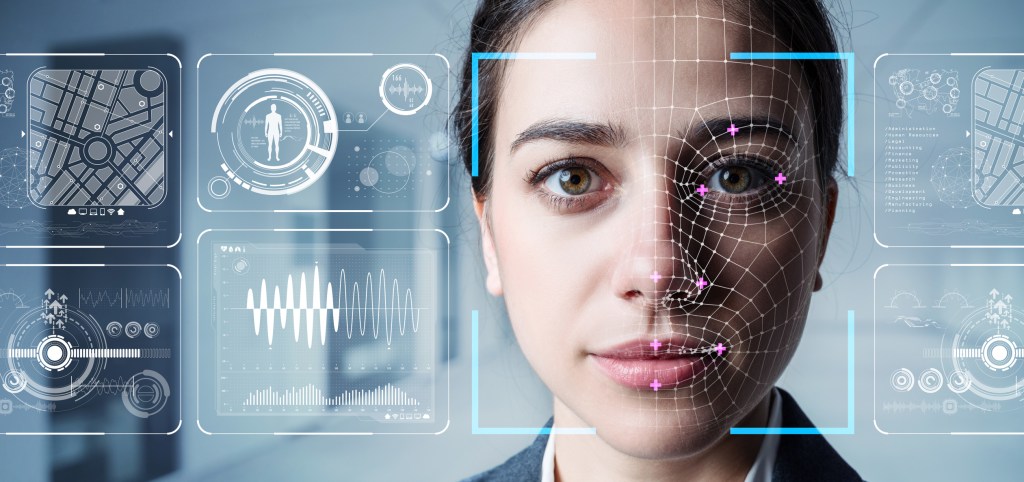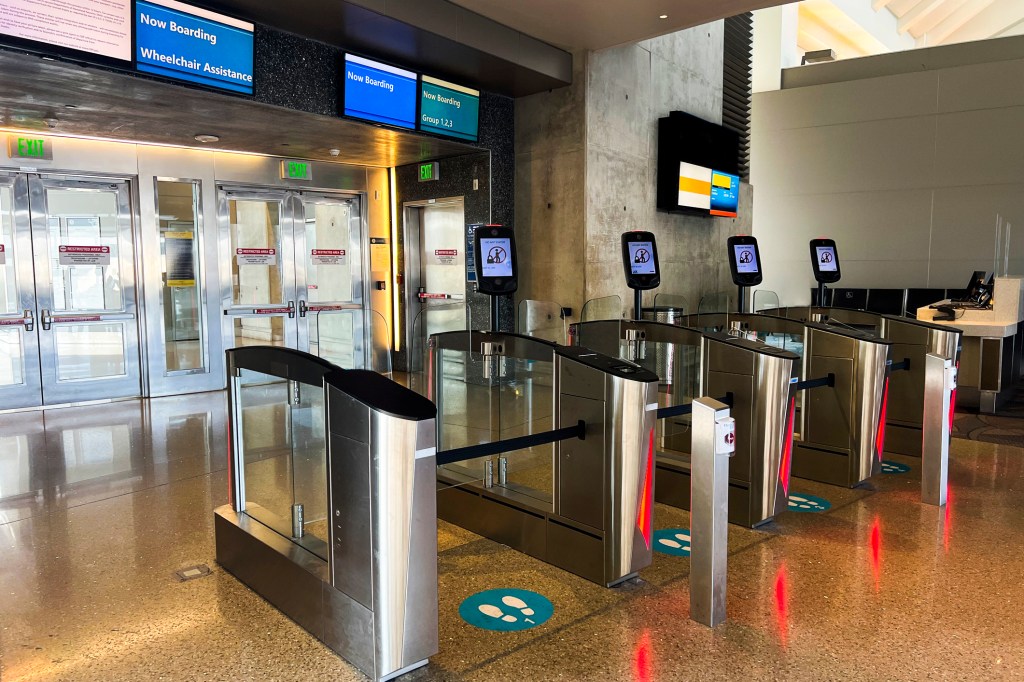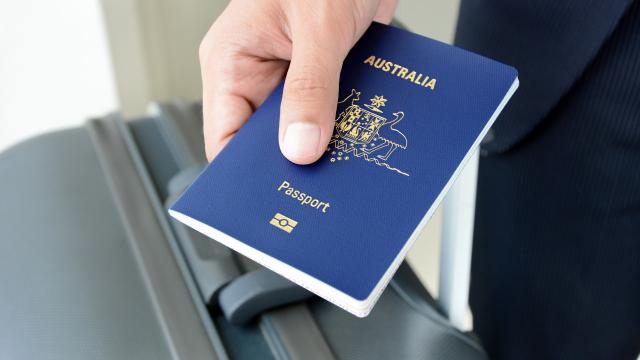Biometric passports aren’t new technology, but you might have only just found out that your passport is an ePassport if you’ve recently travelled overseas.
Australia has been using biometric technology in all newly issued passports since 2005. They’re known as ePassports and if you have one, the front cover will have a little camera symbol. This camera symbol is the international biometric symbol.

Biometrics are measurements and calculations of your body features. They’re often used for identification and authentication. The common ones you might know include fingerprint and retina scanning, as well as facial recognition technology. Think of your iPhone’s facial recognition system to unlock the phone, or retina-scanning machines in spy movies.
For a while, this just meant that your passport had a microchip in it that stored a bunch of identifying information. This is still important as it makes it difficult to replicate a passport, in turn reducing fraud and terrorism.
However, in 2015, the Australian Government started the Seamless Traveller initiative. This meant the installation of SmartGates would be used in conjunction with ePassports, resulting in all international arrivals being processed with the help of biometrics. The SmartGate installation only finished in 2019, so most international arrivals were unable to experience this new technology thanks to the pandemic.

As all Australian passports are now ePassports, travellers won’t get stamps for the country they’re arriving in. Instead, arrivals are all processed automatically. This applies in certain other countries, too.
Which countries have biometric passports?
Since this technology is almost 10 years old, the majority of the world now issues biometric passports. Currently, 164 out of 195 countries use some form of ePassport.
Which countries have biometric gates?
SmartGates on the other hand, are newer and not as common. Also, depending on your country of arrival, you may or may not be able to use the biometric gates for immigration processing.
Countries with biometric gates include:
- Australia
- New Zealand
- Canada
- The US
- 16 Countries in the European Union
- The UK
- Serbia
- Turkey
- Japan
- Hong Kong
- Macau
- Malaysia
- Mexico
- Singapore
- South Korea
- Taiwan
- Thailand
- United Arab Emirates
- Qatar

How to use a SmartGate
If you’ve never used a biometric gate or SmartGate before, it can be confusing at first.
There are two parts.
- Kiosk
- Gate
The kiosk can also be used in 22 other languages if English is not the most comfortable language for you.
Kiosk:
- Insert your passport into the kiosk and answer the questions on the touch screen.
- If the kiosk accepts your passport, you will get a ticket to take with you to the gate.
- If the kiosk doesn’t accept it, you will need to be processed manually through the Australian Border Force.
Gate:
- Before going into the gate, remove your glasses, headphones and other bulky items.
- Insert your ticket into the gate and face the camera. The gate will then complete a biometric match against the information contained in your ePassport.
- If the information matches, take your ticket and go through the gate.
- If you aren’t matched, you will need to speak to an Australian Border Force operator for manual processing.
Once you’ve gone through the SmartGate, you can give your ticket and incoming passenger card to an Australian Border Force officer. Then you can pick up your baggage and go.
While the biometric passports and gates sound complicated, they actually make the process of arriving in a country much smoother and easier for everyone involved.

Leave a Reply
You must be logged in to post a comment.